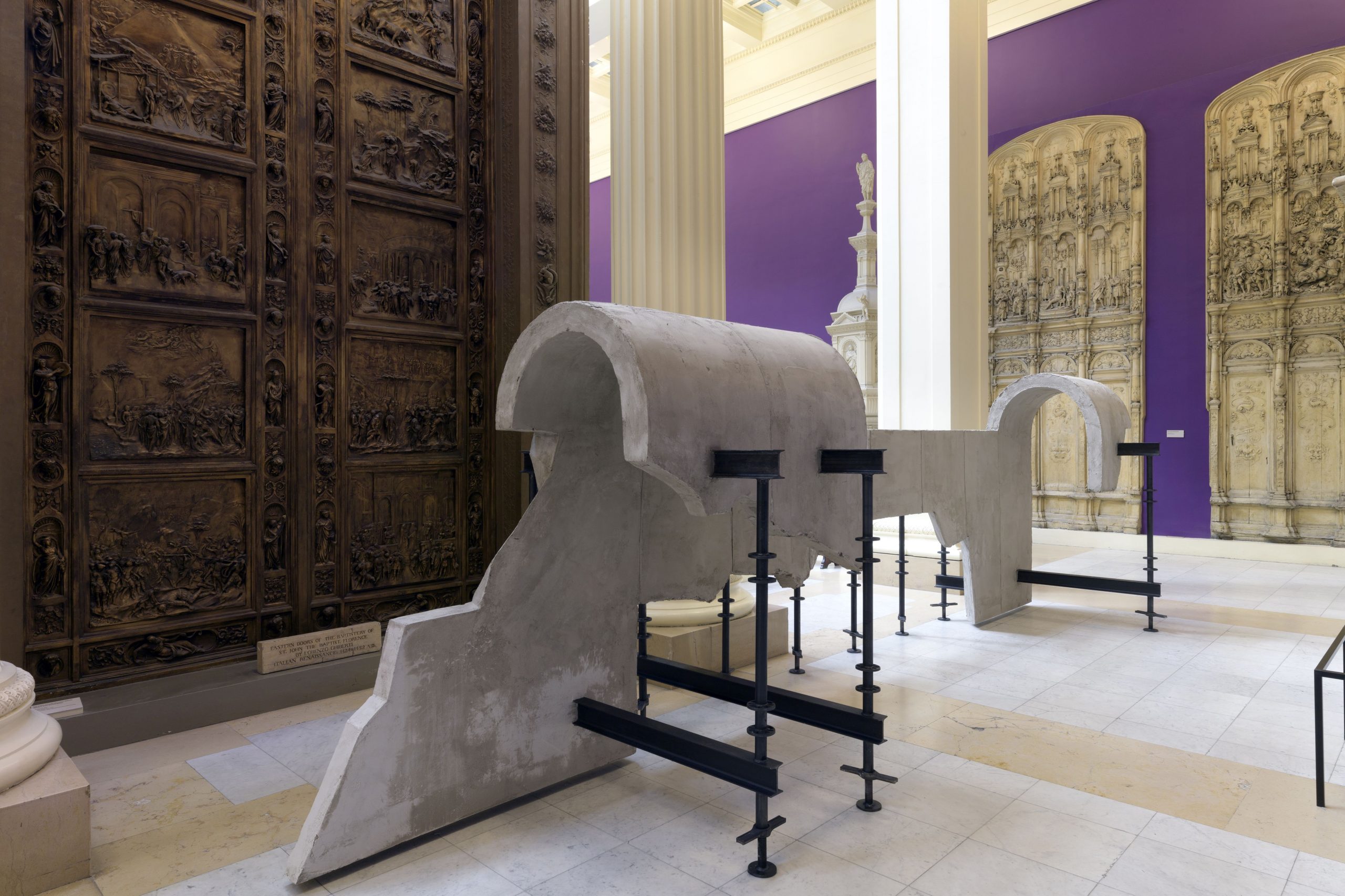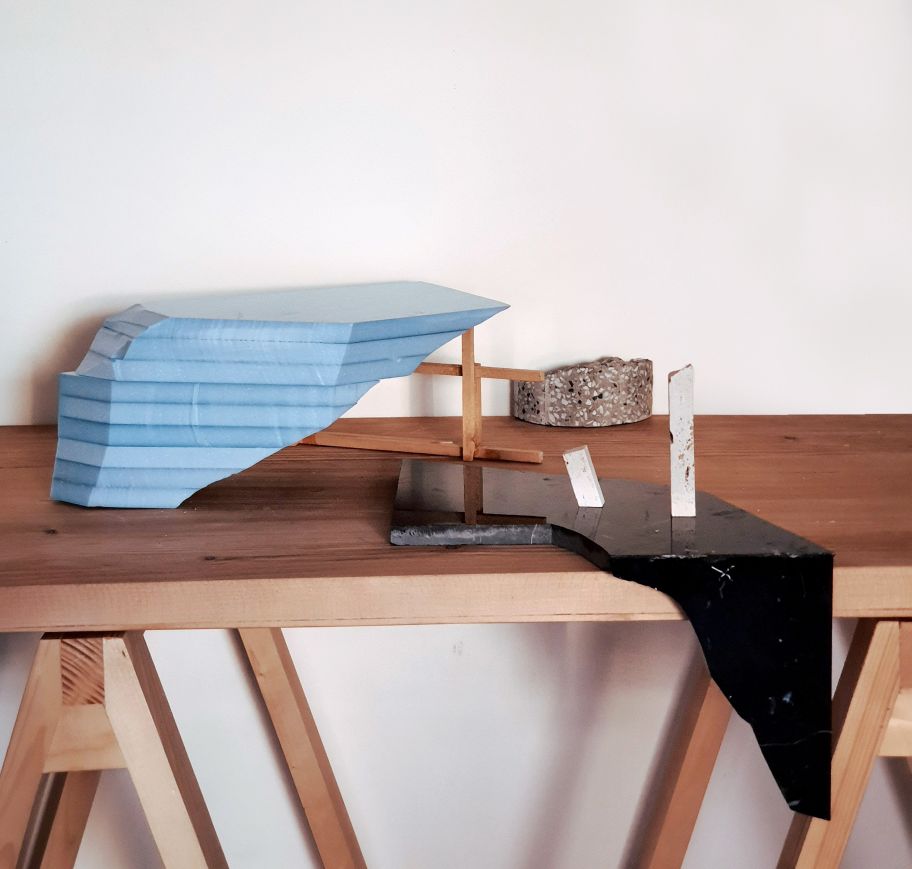Jordan / Palestinian Territories, Visual Arts, 2020
Saba
Innab

The multidisciplinary practice of the Palestinian-Jordanian architect, artist, and urban researcher Saba Innab (*1980) spans historical research, drawing, mapping, model-making, and installation. Innab explores suspended states between temporariness and permanence in the realm of architecture, investigates the politics of spatial representation, and examines the relationship between architecture, power, and violence.
Among the projects Innab has worked on as an architect is the reconstruction of the Nahr el-Bared Palestinian refugee camp in the north of Lebanon; this project, which was run by the UNRWA (United Nations Relief and Works Agency for Palestine Refugees in the Near East), was nominated for the Aga Khan Award for Architecture in 2013. A recurring theme in Innab’s practice is the ongoing occupation of Palestine and consequently the meaning of dwelling and the impact on architecture and time in the condition of extraterritoriality, refuge, and exile. Her works have shown how architecture itself can become a site of conflict, and what it means to build in temporariness.
With the aid of materials such as cast concrete, metal, and stone, and the specific know-how these materials imply, Innab juxtaposes transience and duration, reflecting on the notion of “permanent temporariness”* (referencing the Palestinian refuge and exile) and its spatial manifestation. In order to determine the meaning of particular materials and building components through their embedded knowledge and within their respective context, Innab isolates and abstracts individual architectural elements; by collecting and reorganizing these spatial typologies, she creates alternative, speculative structures and interpretations. The objects she produces offer a new understanding of space or temporality, and thus propose a different way of seeing. Through the collection, (re-)appropriation, and reproduction of methods, Innab’s practice also asks how this permanent temporariness can be documented and considered as part of a history of architecture that is normally written by the Global North.
In 2019, together with her sister Nuha, Saba Innab co-founded OPPA (On/Pre/Post Act), an architecture and research collective that addresses issues related to the built environment, urban contexts, and sociopolitical inscriptions on space. Situated between theory and practice, OPPA aims to provide alternative readings that are both critical and imaginative.
Saba Innab holds a Bachelor of Architectural Engineering from the Jordan University of Science and Technology. She received a visiting research fellowship initiated by Studio-X Amman – GSAPP (Graduate School of Architecture, Planning and Preservation) in 2014 and participated in the Home Workspace Program, Beirut, in 2011–12. Her recent exhibitions include: Station Point, ifa-Galerie Berlin (2019); the Carnegie International, 57th Edition, Pittsburg, US (2018); Biennale d’Architecture d’Orléans #1, FR (2017–18); Misunderstandings, Campo, Rome, IT (2016); This Sea is Mine, Darat al Funun, Amman, JO (2016); Al Rahhalah, Marfa’ Projects, Beirut, LB (2016); Marrakech Biennale 6, MA (2016); Home Works 7, Ashkal Alwan, Beirut, LB (2015); Lest the Two Seas Meet, Museum of Modern Art, Warsaw, PL (2015); HIWAR/Conversations in Amman, Darat al Funun, Amman, JO (2013); Amman Journal, Forum Schlossplatz, Aarau, CH (2012); No Sheep’s Land, Agial Art Gallery, Beirut, LB (2011); and The Utopian Airport Lounge, Makan Art Space, Amman, JO (2010).
*This term is used by Sandi Hilal and Alessandro Petti to indicate the transformation of the physical temporariness of the camp into concrete urban densification, and therefore the mutation of the temporary to a permanent state. Innab uses the term to express a more complex state of Palestinian deterritorialization, beyond and outside the physicality of the camp, to tackle the notion of dwelling in the state of temporariness, of waiting.
Text: Anja Lückenkemper
Translation: Jacqueline Todd


